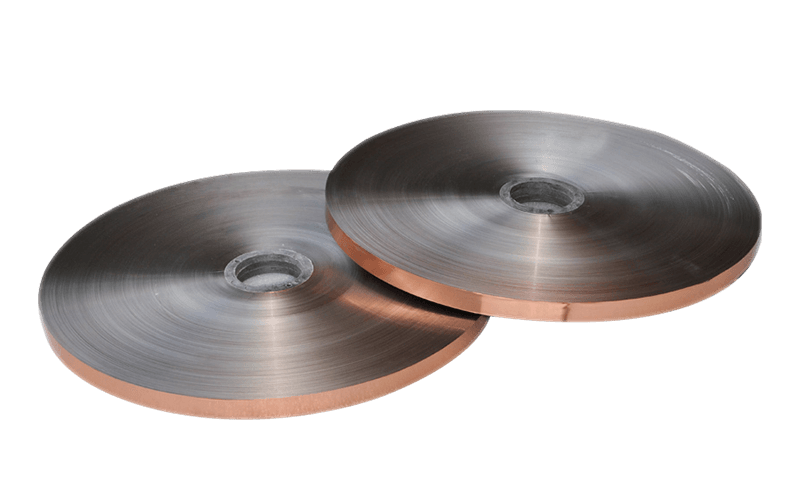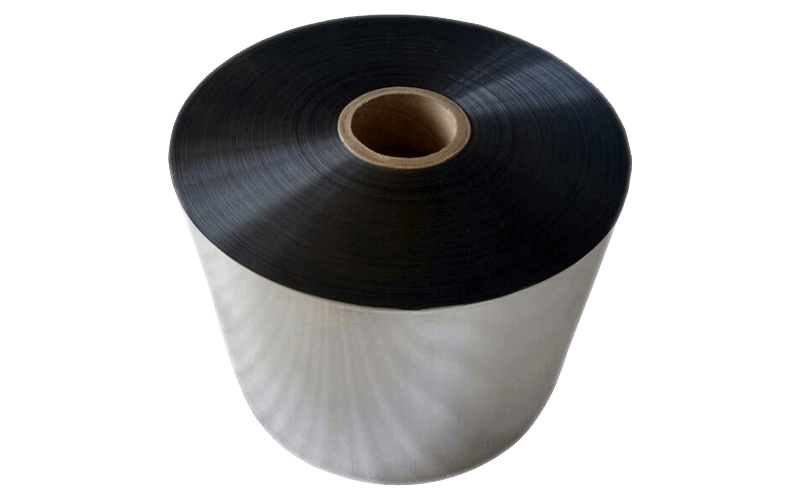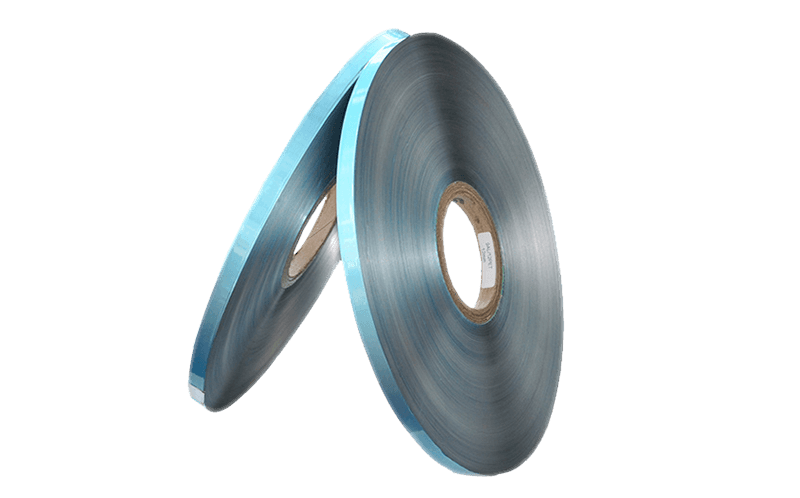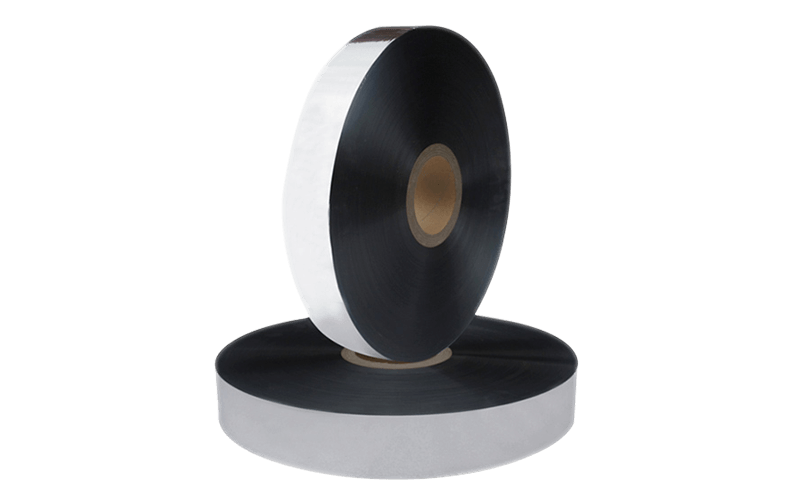1. Airflow Efficiency: One of the primary consideration […]
1. Airflow Efficiency: One of the primary considerations when selecting flexible duct materials is their impact on airflow efficiency. The chosen material should have a smooth inner surface that minimizes air resistance and pressure drop. This helps to maintain balanced airflow throughout the HVAC system, ensuring consistent air distribution and reducing energy consumption.
2. Insulation Properties: Insulation is critical for minimizing heat transfer and reducing energy losses in the ductwork. Flexible duct materials should have adequate insulation properties to prevent temperature fluctuations, condensation, and thermal losses. The insulation material should have a high R-value, indicating its resistance to heat transfer, to enhance energy efficiency and maintain desired indoor temperatures.
3. Durability and Flexibility: Flexible duct materials should be durable and capable of withstanding the demands of HVAC system operation. They should be resistant to tearing, punctures, and abrasion. Additionally, flexibility is important to facilitate easy installation and routing around obstacles. Materials with good flexibility ensure smooth bends and reduce the risk of airflow restrictions or leakages.
4. Air Leakage: Air leakage from the ducts can lead to energy wastage and compromise indoor air quality. Selecting flexible duct materials that have airtight construction and minimal leakage rates is essential. Look for materials that are specifically designed to minimize air leakage, such as those with reinforced seams or double-layered constructions.
5. Fire Resistance: Fire safety is a critical consideration in HVAC systems. Flexible duct materials should be fire-resistant or have appropriate fire ratings to mitigate the spread of fire through the ductwork. Fire-resistant materials can help contain fires, provide additional time for evacuation, and minimize property damage.
6. Noise Reduction: HVAC systems can generate noise due to the movement of air through the ducts. Selecting flexible duct materials with noise-reducing properties can contribute to a quieter environment. Look for materials that have built-in acoustic insulation or consider adding additional insulation layers to reduce noise transmission.
7. Environmental Impact: Consider the environmental impact of the flexible duct materials. Look for materials that are manufactured using sustainable practices and have low VOC (Volatile Organic Compound) emissions. Additionally, consider the recyclability or reusability of the materials to minimize waste generation.
8. Compliance with Standards: Ensure that the selected flexible duct materials comply with relevant industry standards and building codes. These standards may specify requirements for fire resistance, insulation properties, air leakage rates, and environmental considerations. Compliance with these standards ensures the safety, performance, and regulatory compliance of the HVAC system.




